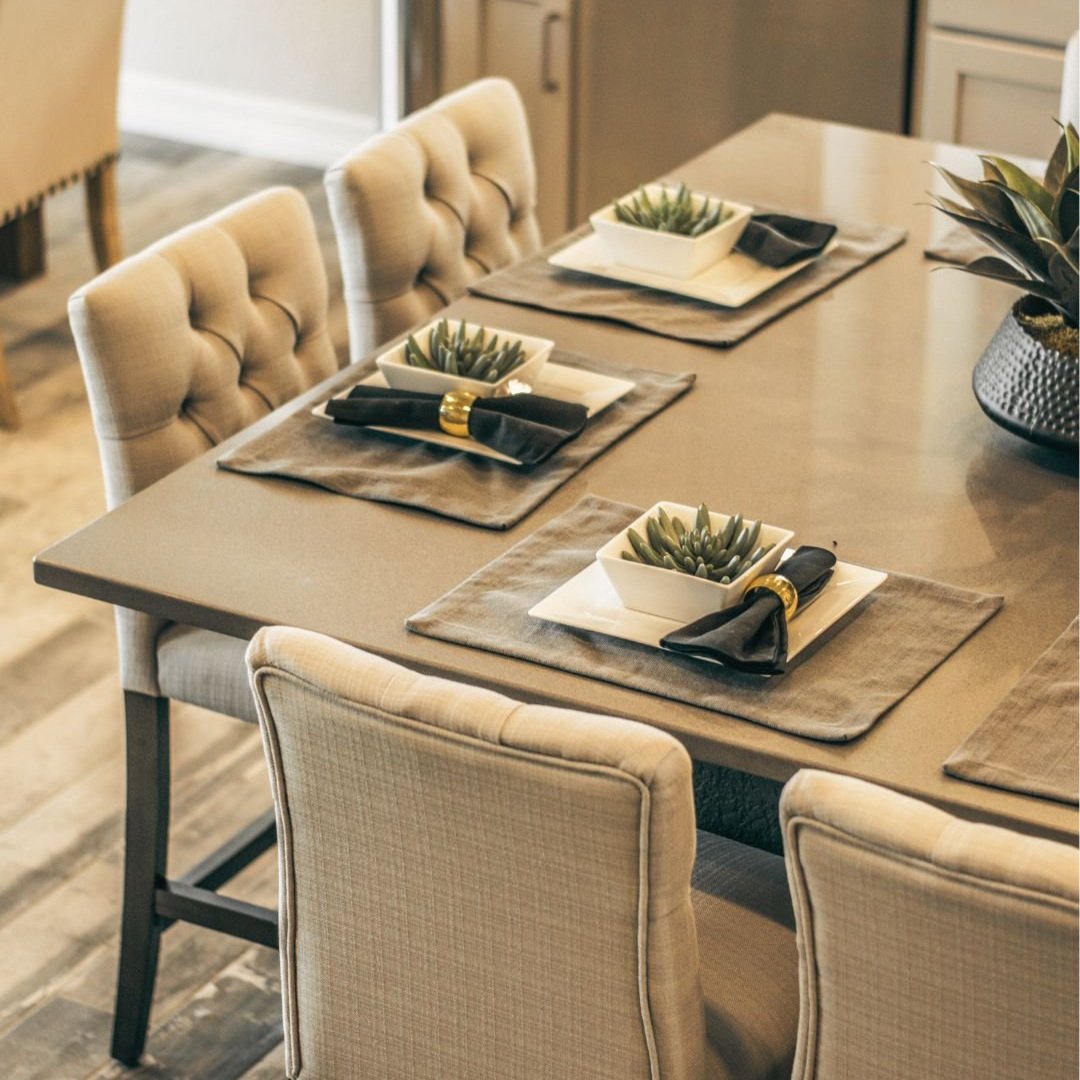Your Legal Checklist for Running an Interior Design Business
/8 (Surprisingly Overlooked) Essentials to Protect Your Projects, Clients, and Peace of Mind
You can have a gorgeous brand, a waitlist of dream clients, and a killer eye for detail… but if your business isn’t legally protected behind the scenes, one small mistake can become a big, expensive mess.
We’re not talking about the basics like “get a business license” or “write a contract” (you’ve probably already done that, we hope). This checklist is for the things that aren’t always discussed in design school or on Instagram but can make or break your business.
Think of it as the savvy designer’s legal gut check: part prevention, part peace of mind.
1. Your LLC Isn’t a One-and-Done Move
You formed an LLC (amazing!). But if you’ve added team members, expanded services, or crossed state lines with projects… it might be time for a check-in.
When to revisit:
You’re earning enough to consider switching to an S-Corp for tax benefits.
You’ve opened a second location or are working in multiple states.
Your business name has evolved, but you haven’t filed a DBA.
2. Design Contracts Shouldn’t Be “Creative”
We’re designers; we love customizing things. But your client contract is not the place to get creative unless you know what you’re doing legally. Templates are fine as a starting point, but if yours doesn’t include detailed clauses for procurement, intellectual property, and handling delays? You’re vulnerable.
Don’t forget these often-missed items:
What happens if the client goes MIA mid-project
Whether you retain rights to reuse your designs
Your process if a product is discontinued or backordered
3. Resale Certificates: Do You Need One? (Probably!)
If you purchase furniture, lighting, or decor and resell it to your clients, you likely need a resale certificate to avoid paying sales tax twice. But each state has its own rules, and some cities have even stricter requirements.
Tip: Even if you don’t markup a product, some states still consider you a reseller. Ignoring this can trigger audits or fines.
4. Insurance Is About More Than General Liability
You may have general liability and a nice policy that checks the box. But what happens if a vendor drops a $12,000 chandelier you sourced? Or a design mistake causes a costly construction delay?
Make sure you explore:
Professional liability (errors & omissions)
Installation and transit coverage
Business property insurance for samples, swatches, or laptops on the go
Also: ask subcontractors to name you as “additionally insured” if they’re installing on your behalf.
5. You Don’t Own Everything You Design—Unless You Say So
Without a clause that explicitly grants you ownership of your design concepts, renderings, or floor plans, your client could reuse, resell, or reproduce your work without permission.
Tip: Include a design copyright clause in every contract, and consider registering your most original concepts if you want true legal protection.
6. Vendor Agreements Can Save (or Sink) You
That custom sofa that’s six weeks late? If you don’t have a vendor agreement that outlines liability, shipping responsibilities, or refund policies, you’re the one left holding the bag (and the blame).
For trade vendors you use often, negotiate:
Delivery timelines and late penalties
What happens with discontinued or damaged items
Your markup rights and terms for product resale
7. Dispute-Resolution Clauses Are Quietly Powerful
Want to avoid court costs, online rants, and endless back-and-forths? Add a dispute resolution clause that outlines how disagreements will be handled, like requiring mediation or arbitration before legal action.
Bonus Tip: Always keep written records of project changes, client approvals, and every scope change in writing (yes, even texts count!).
8. Subcontractor ≠ Employee: Know the Difference
If your junior designer is working full-time under your direction, they might legally be considered an employee — not a contractor — even if they invoice you. Misclassifying can land you in trouble with the IRS or state labor board.
Use contractor agreements and check:
Whether they set their own hours
If they work for other clients
Whether they use their own tools/systems
When in doubt, run it past a legal or HR pro. It’s cheaper than an audit.
And One More Thing… Your Website Counts Too
If you collect names, emails, or inquiry info on your site, you're legally required to have a privacy policy, and possibly a cookie disclaimer, depending on where your clients live.
A Quick Fix: Use a privacy policy generator that’s compliant with U.S. (and even international) regulations like GDPR and CCPA. Better safe than sued.
Pulling It All Together
Building a design business that’s both beautiful and bulletproof requires more than talent and taste, it takes systems, boundaries, and a solid legal foundation. These legal touchpoints aren’t just paperwork; they’re your first line of protection when projects don’t go as planned, when a vendor ghosts you, or when a client starts asking for "just one more thing." Proactively addressing these areas helps you create clearer expectations, elevate your client experience, and protect the business you’ve worked so hard to build.
xx, Danae
A Friendly Reminder: We’re Not Lawyers
This article was written to help you think more strategically and confidently about the legal side of your design business, but it’s not a substitute for professional legal advice.
Your state, services, and setup are unique, so we always recommend checking in with an attorney or accountant to make sure you’re fully protected.
That said, if you’re ready to take the guesswork out of client management, systems, and processes… that’s where we come in. Elite Design Assistants helps interior designers build businesses that run smoother, serve better, and grow stronger.
Explore our services, from creative to operations to marketing, here.

































